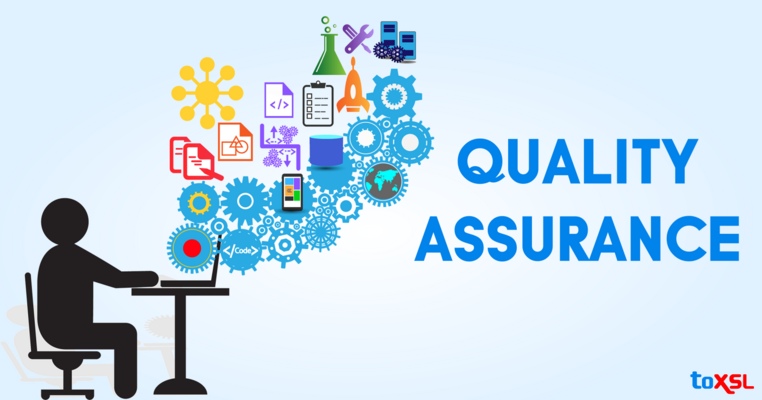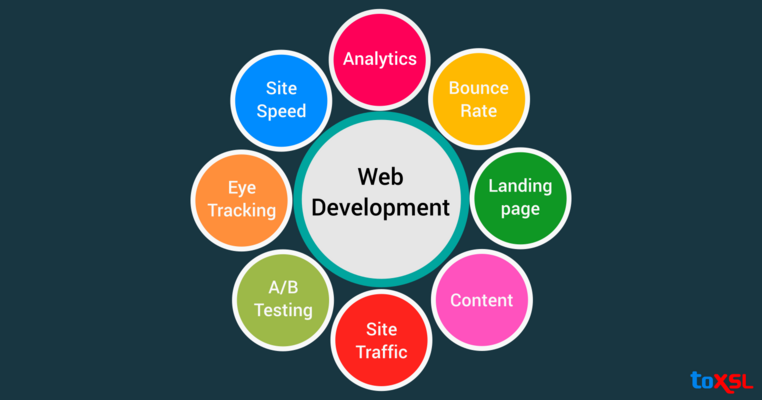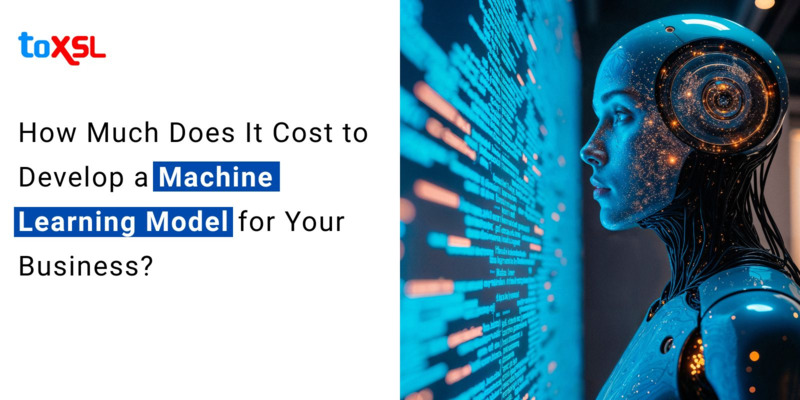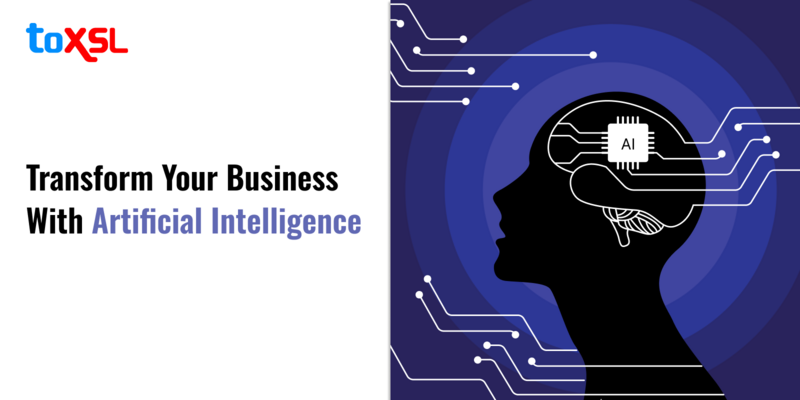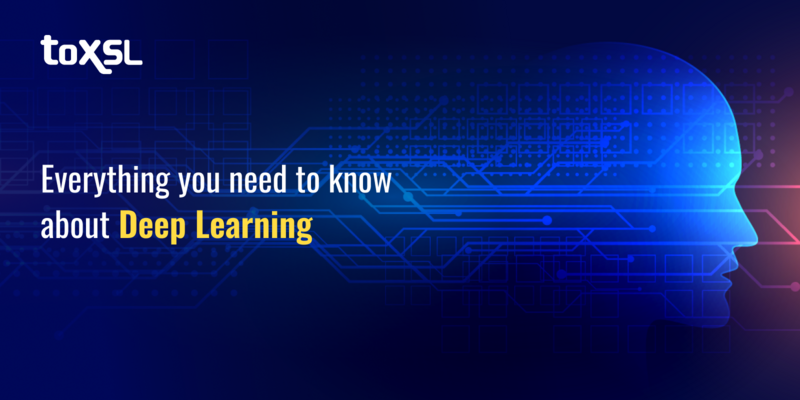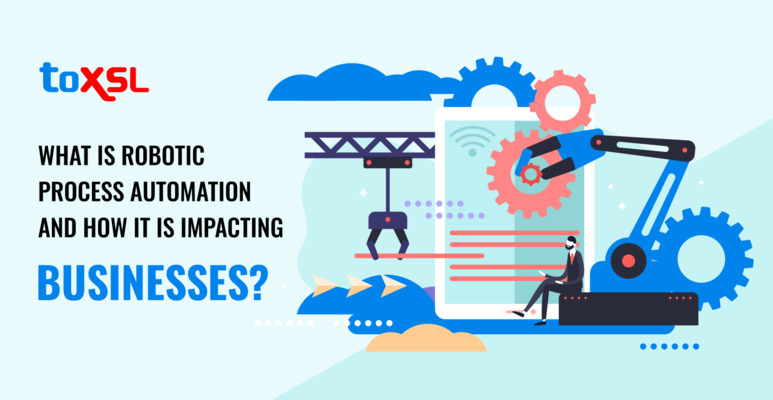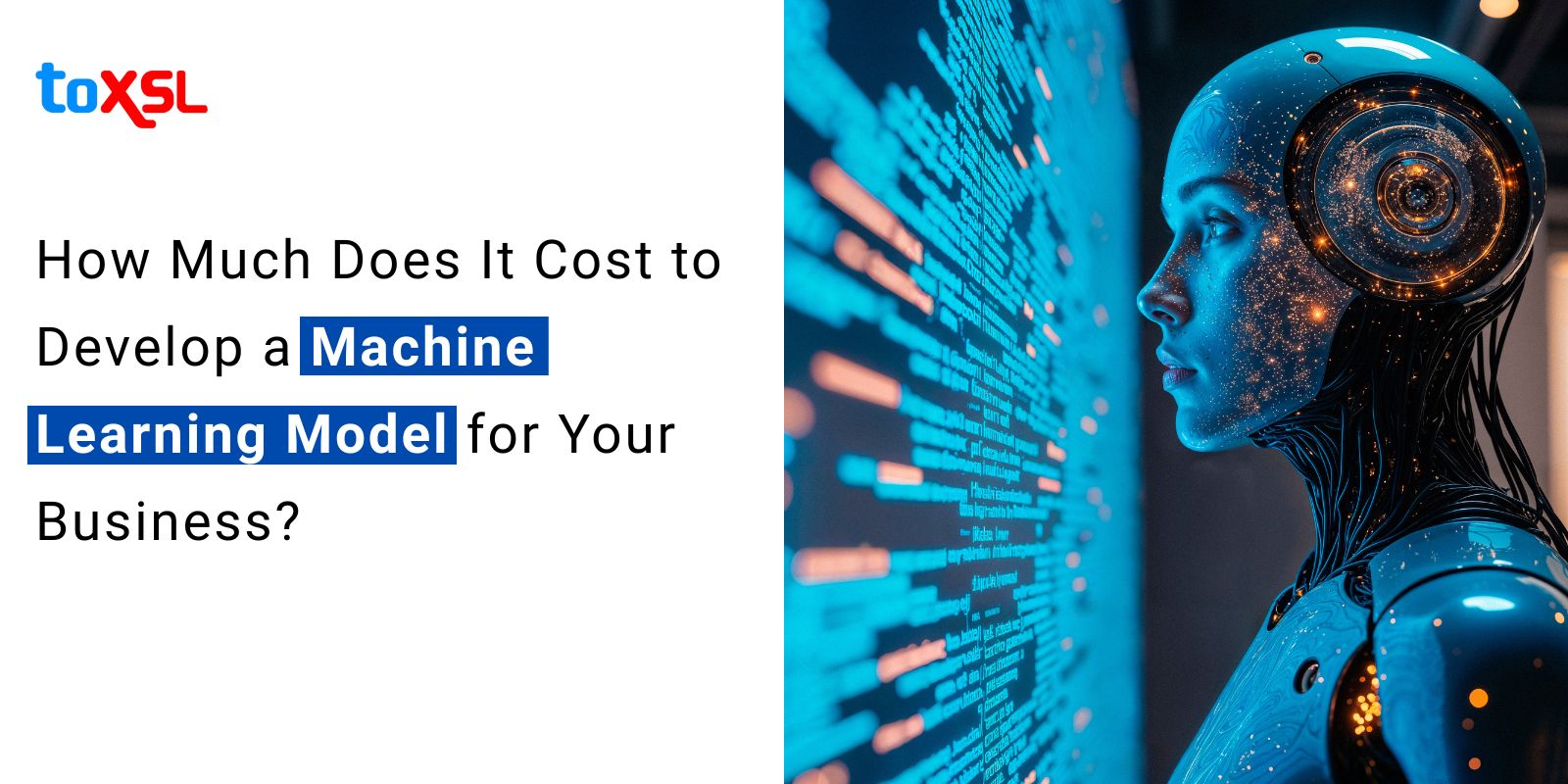
Machine learning has transformed how businesses work with data, helping them make informed decisions. According to statistics, the Machine Learning market is estimated to reach $90.97 billion in 2025, growing at a CAGR of 31.72%. Developing a machine learning (ML) model for your business can offer significant competitive advantages through automation, predictive insights, and improved decision-making.
However, the cost to build an ML model varies widely based on many factors, including project complexity, data quality, team expertise, infrastructure, and ongoing maintenance. Understanding these cost components can help businesses budget effectively and choose the right approach for their AI ambitions.
Key Takeaways:
- Data availability and quality significantly impact costs, as quality data reduces training time and effort.
- Developing complex models such as computer vision or NLP, is more expensive than simpler regression models.
- The development team’s expertise and location influence cost, with outsourced teams often cheaper.
- Infrastructure costs, including cloud computing and GPUs, add significantly to budgets, especially for enterprise workloads.
- Maintenance and scalability, accounting for 10-20% of costs, are critical for sustained model performance.
Cost Factors in Developing an ML Model
Let us look at the factors affecting the cost of a Machine Learning model:
Data Collection:
The foundation of any ML project is data. Businesses often invest in sourcing, cleaning, annotating, and sometimes generating synthetic data to ensure sufficient volume and quality. Lack of quality data can extend training time and increase costs significantly. If external datasets must be purchased or custom data pipelines developed, expenses rise proportionally.
Complexity of Model:
The type of ML model impacts costs. Simple models like linear regression or decision trees are relatively inexpensive to develop, usually on the lower end of the $15,000-$50,000 range. However, more advanced models involving deep learning for NLP, computer vision, or real-time analytics can run into six figures or more due to computational intensity and specialized skills needed.
Development Team:
The expertise of the development team, including data scientists, ML engineers, and domain experts, affects both budget and project success. In-house teams offer better control but may cost 20-40% of the budget. Outsourcing to regions with lower labor costs reduces expenses but requires balancing quality and communication.
Infrastructure and Tools:
ML training and deployment demand high-performance hardware and scalable cloud infrastructure, often incurring costs from $5,000 for startups to over $50,000 per project for enterprises. GPUs, cloud computing instances, APIs, and storage all contribute to infrastructure expenses.
Model Training and Validation:
Training the ML model involves multiple iterations, tuning, and validation with adequate computational resources. This phase is resource-intensive, usually accounting for 30-40% of the total project cost. Costs can escalate if experimentation demands large-scale training.
Deployment:
Deploying the model into a production environment involves integrating APIs, configuring continuous integration/continuous deployment (CI/CD) pipelines, and ensuring scalability. This phase typically costs between $5,000 and $15,000 but is essential for delivering a seamless user experience.
Maintenance and Monitoring:
ML models require continuous monitoring, data cleansing, retraining, and updates to remain accurate and secure. Maintenance cost typically consumes 15-20% of the total development budget annually. Neglecting this can lead to model degradation and business risks.
Development Phase | Key Activities | Cost Range (USD) | Percentage of Total Budget |
|---|---|---|---|
Planning & Requirements | Use case validation, tech stack choice | $5,000 - $15,000 | 5-10% |
Data Collection & Preparation | Data gathering, cleaning, labeling | $10,000 - $50,000 | 15-25% |
Model Development & Training | Model selection, architecture design, tuning | $20,000 - $100,000+ | 30-40% |
Integration & Application Development | Backend/frontend coding, API integration | $15,000 - $80,000 | 20-30% |
Testing & Quality Assurance | Testing, validation | $5,000 - $20,000 | 5-10% |
Deployment | Deploying model, CI/CD pipelines setup | $5,000 - $15,000 | Part of Integration |
Infrastructure & Tools | Cloud servers, GPUs, storage | $5,000 - $50,000+ | Varies, often included overall |
Maintenance & Monitoring | Monitoring, retraining, updates | $10,000 - $50,000/year | 15-20% (annual running cost) |
Factors Influencing Cost:
Here are a few factors that are influencing the cost of a Machine Learning model:
Data Quality and Quantity:
High-quality labeled data is fundamental to the success of any machine learning project. Clean, well-structured, and sufficiently large datasets significantly reduce the time required for data preprocessing and model training. When the data is well-prepared, the algorithms learn more effectively, leading to better model accuracy with fewer iterations. On the contrary, poor-quality or insufficient data requires more extensive cleaning, data augmentation, or even purchasing additional datasets, all of which increase costs.
Model Complexity:
The complexity of the machine learning model is a major cost driver. Simple models such as linear regression or decision trees require less computational power and development time, making them cost-effective options for straightforward business problems. However, more advanced models, including deep learning architectures for natural language processing (NLP), computer vision, or real-time analytics, demand significant computational resources, specialized skills, and longer development cycles.
Development Team:
The expertise and composition of the development team also influence the overall cost. A team typically includes data scientists, machine learning engineers, data engineers, domain experts, and possibly project managers. Hiring highly skilled professionals who can design and optimize models effectively generally comes at a premium.
Infrastructure:
Machine learning projects necessitate scalable and high-performance infrastructure to handle data storage, model training, and deployment. Cloud platforms such as jiWebHosting, AWS, Azure, or Google Cloud provide flexible resources, including GPU-enabled virtual machines and managed ML services, but these come with ongoing costs that accumulate with the project's scale and usage. On-premises hardware requires a hefty upfront investment. Streaming systems, batch processing pipelines, and real-time prediction services add complexity and cost. Infrastructure expenses may constitute 10-40% of the project budget, depending on usage intensity and workload.
Maintenance:
Launching an ML model is not the end of the journey. Continuous maintenance is crucial to ensure models remain accurate and effective over time. This includes monitoring model performance, retraining models with new data, updating algorithms to adapt to changing environments, and fixing issues arising from data drift or system changes. Maintenance costs are often underestimated but can account for 15-20% of the initial development cost annually. Regular updates also ensure compliance with evolving regulations and data security standards.
Reasons to Use a Machine Learning Model for Your Business
Machine learning enables organizations to turn raw data into actionable insights, automate processes, and make smarter, faster decisions. Whether you're a startup or an established enterprise, Machine Learning can unlock new opportunities, improve efficiency, and drive innovation across every domain.
Effective Decision-Making:
Machine learning empowers businesses to process and analyze large volumes of data quickly, enabling rapid insights that support smarter, data-driven decisions. For example, ML models can instantly detect anomalies in security systems or identify market trends, enabling companies to respond more quickly and effectively than traditional methods. This enhanced decision-making capability can safeguard resources, minimize losses, and capitalize on timely opportunities.
Improved Predictive Capabilities:
ML models can forecast customer behavior, demand patterns, and market shifts with greater accuracy than manual analysis. Accurate forecasting helps optimize inventory management, reduce waste, and improve operational planning. Businesses can anticipate customer needs and tailor their products or marketing efforts accordingly, boosting revenues and customer satisfaction.
Enhanced Customer Experience:
Machine learning enables businesses to deliver highly personalized experiences by analyzing past customer interactions and behaviors. This leads to more relevant recommendations, targeted promotions, and customized services that resonate with individual customers. Personalized experiences help build stronger customer loyalty and lifetime value.
Automation and Increased Efficiency:
ML automates repetitive and time-consuming tasks such as data entry, document processing, and fraud detection. This reduces human error and frees employees to focus on more strategic, creative work. The result is increased productivity and cost savings across functions such as marketing, finance, and customer support.
Competitive Advantage and Innovation:
Adopting machine learning allows businesses to stay ahead by innovating faster and adapting to new market conditions. ML-powered solutions can uncover hidden insights and optimize processes that competitors might miss. Companies leveraging ML gain agility, improved operational performance, and the ability to create differentiated offerings.
Risk Mitigation and Fraud Detection:
Machine learning models excel at recognizing unusual patterns and behaviors in real time, making them invaluable in detecting fraud, cyber threats, and operational risks proactively. This enhances security, reduces losses, and builds trust with customers and partners.
Scalability and Cost Savings:
Machine learning solutions can scale efficiently with growing data and business complexity. While initial investment may be significant, ML ultimately drives down costs by optimizing resource allocation, minimizing downtime (through predictive maintenance), and improving decision accuracy.
Actionable Insights from Complex Data:
ML can analyze varied and complex datasets such as images, text, and sensor data that traditional analytics cannot handle effectively. This unlocks new business opportunities in domains such as computer vision, natural language processing, and the Internet of Things (IoT).
Conclusion
At ToXSL Technologies, we understand that developing a machine learning model is a strategic investment crucial for digital transformation. Our expertise in AI development ensures that businesses receive end-to-end support, from data preparation to deployment and monitoring, while optimizing costs effectively.
By leveraging modern technologies like TensorFlow, PyTorch, and scalable cloud platforms, we deliver robust, scalable, and secure ML solutions tailored to your unique business needs. We focus on transparency, precision, and continuous innovation to ensure your ML initiatives drive real business value long-term. Want to learn more? Feel free to contact us.
Frequently Asked Questions
1. How long does it take to build and deploy an ML model?
Development timelines depend on project scope, data readiness, and model complexity. Simple projects may take 2-3 months, whereas complex ones could require 6-12 months or more from data collection to production deployment.
2. Can we use pre-trained models to reduce costs and time?
Yes, leveraging pre-trained models or transfer learning is a cost-effective approach that accelerates development, especially for common tasks like image recognition or language processing. However, customization and integration are still needed.
3. What skills and team roles are essential for ML project success?
Successful ML projects require data scientists, ML engineers, domain experts, data engineers, and often project managers. Balancing expertise and clear communication within the team is crucial for efficiency and quality.
4. What are the biggest challenges businesses face in ML model development?
Common challenges include obtaining high-quality labeled data, choosing appropriate algorithms, managing infrastructure costs, integrating ML into existing systems, and maintaining model performance over time with retraining.





